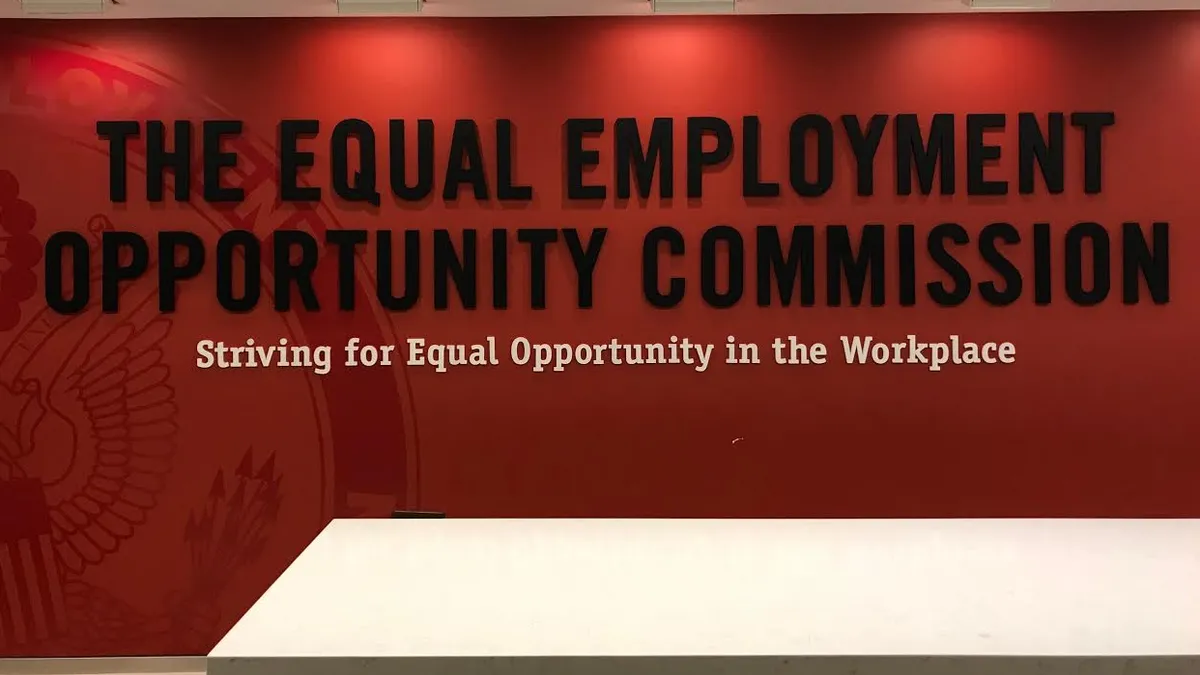Men and women often respond differently when witnessing sexual harassment in the workplace, with women consistently reporting higher empathy toward harassment targets, according to a study by University of Illinois Urbana-Champaign researchers.
In turn, higher empathy led to a greater intention to intervene and a lower likelihood of ignoring or silencing harassment victims, the researchers found.
Notably, organizations with a strong intolerance of sexual harassment didn’t have a gender gap, and both men and women reported greater empathy, intervened more and exhibited less silence.
“Organizations play a huge role in setting the tone and the expectation level for how much sexual harassment behaviors are tolerated within an organization, and that influences how people behave at work,” co-author Sohee Kim said in a statement.
“Strengthening organizational intolerance policies can close gender gaps and create a safe environment for all employees,” Kim added.
Across three studies with more than 700 participants, Kim and colleagues incorporated hypothetical harassment scenarios and actual experiences to gauge respondents’ empathy toward sexual harassment targets, their behavioral intentions and their actual behaviors.
Overall, the researchers found that women tended to show higher empathy toward targets, regardless of the gender of either the targets or the harassers. Empathy, in particular, seemed to be the key driver of intentions and behaviors, as well as the central explanation for gender differences in bystander intervention.
In addition, women were less likely to invalidate or ignore complaints and reported lower intentions of silencing targets or discouraging others from speaking up.
The researchers noted that the “role of male observers becomes particularly important” in masculine work environments, where their “actions or reactions can create the workplace culture — and it can influence their co-workers’ reactions.”
As a result, the researchers suggested creating training programs that not only emphasize legal compliance but also focus on empathy and intolerance of workplace sexual harassment across all workers.
“Strengthening organizational intolerance policies can close gender gaps and create a safer environment for all employees,” Kim said.
The U.S. Equal Employment Opportunity Commission has clamped down on workplace sexual harassment in 2025, under the lead of EEOC Acting Chair Andrea Lucas. For example, between January and May, the agency recovered more than $1.2 million to remedy sexual harassment, including sexual harassment against minors, Lucas said.













